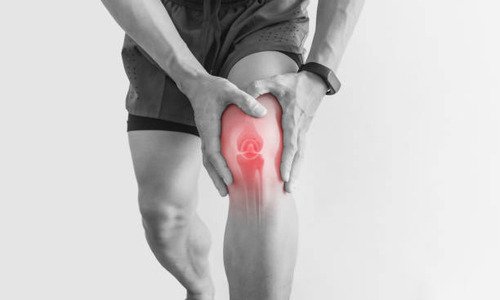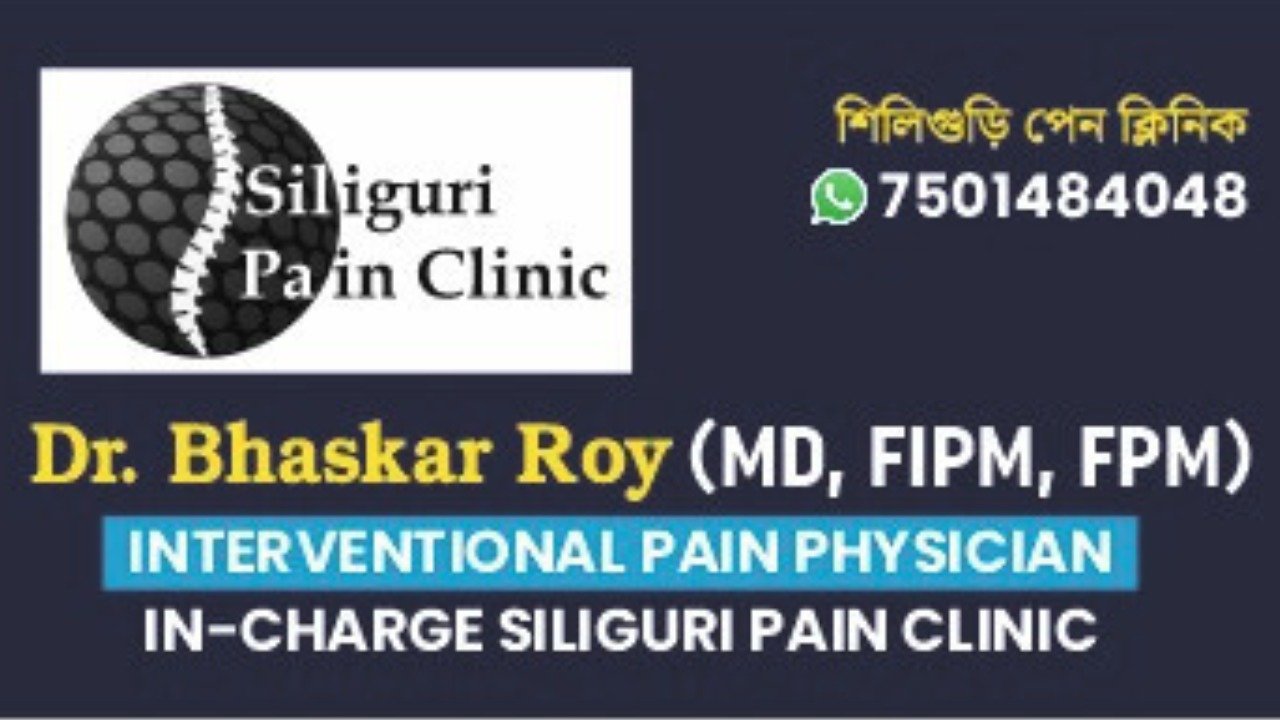Knee Pain
Imagine every step feeling like a battle against your own body, each movement plagued by a relentless ache that refuses to relent. Knee pain isn't just discomfort—it's a constant reminder of the limitations holding you back from the activities you love. But within the depths of this discomfort lies the opportunity to uncover solutions and reclaim the joy of pain-free living.
Common Causes Of Knee Pain
Osteoarthritis : Osteoarthritis, a chronic condition, leads to joint inflammation, commonly affecting the knees with symptoms like pain, swelling, stiffness, and limited motion. As cartilage wears away, bones may develop spurs, causing friction and discomfort. Over time, this can lead to joint deformation and difficulty moving the knee.
Rheumatoid Arthritis: Rheumatoid Arthritis affects joints on both sides of the body, such as knees, hands, and wrists. It occurs when the body's immune system attacks its own tissues, more commonly affecting women between ages 20 and 50. Over time, it can cause cartilage erosion, synovium swelling, and excess knee fluid, leading to bone-on-bone friction in advanced stages.
Bursitis : Bursitis is the inflammation of fluid-filled sacs (bursae) that protect joints, often caused by repetitive motions, stress such as kneeling, or sudden injuries.
Patellofemoral Pain Syndrome (PFPS) : Patellofemoral Pain Syndrome (PFPS) causes knee pain or discomfort, especially when walking up and down stairs, jumping, or squatting. This pain is usually felt at the front of the knee and can cause a grinding sensation when bending or straightening the leg, and sometimes the knee might buckle. Known as 'runner’s knee,' PFPS may be caused by a misaligned kneecap, overuse, injury, excess weight, or worn cartilage.
Injuries : Knee injuries often result from sports, falls, or trauma and typically involve the ligaments that connect the femur and tibia, such as ACL, MCL, and meniscal injuries.

Symptoms of Knee Pain
The location and severity of knee pain can vary based on its cause. Signs and symptoms that may accompany knee pain include:
Swelling and stiffness
Redness and warmth to the touch
Weakness or instability
Popping or crunching noises
Inability to fully straighten the knee
Common Causes Of Knee Pain
Conservative Care
Many types of knee pain can be relieved or resolved with conservative treatments such as:
Rest : When the knee is injured or inflamed, as in bursitis, tendonitis, or arthritis, it's important to rest the joint and avoid overuse. This may involve keeping the knee straight (extended) or in positions that limit bending.
Ice/Heat : Applying ice or cold packs to the knee can reduce inflammation and swelling, especially after an injury. Once the swelling is gone, heat may be used to help relax and loosen tissues, though ice is the primary treatment.
Pain Relievers : Over-the-counter anti-inflammatory medicines, such as ibuprofen and naproxen, can help relieve knee pain.
Weight Loss : Losing weight can reduce pressure on the knees, alleviating pain.
Braces : Knee braces wrap around the knee and leg to limit unwanted movement and support the knee. They are commonly used when knee ligaments are weak to prevent the knee from buckling.
Injections in the Knee Joint : Strong anti-inflammatory medicines can be injected into the knee to reduce pain and swelling. Ozone gas injections are also used for the same purpose. Viscosupplementation involves injecting a lubricant into the knee to make it move more smoothly, which helps with mild to moderate OA.
Stem Cell/Platelet Rich Plasma (PRP) Therapy : Stem Cell/Platelet Rich Plasma (PRP) Therapy: PRP therapy uses platelets from a patient's own blood to heal damaged tendons or cartilage. The blood is drawn, spun in a machine to separate platelets, and then injected into the injured area. This helps relieve pain and kickstarts the healing process.
Physical Therapy : Physical therapy can help you heal from injuries and ease knee pain. It involves gentle stretches and exercises to strengthen knee muscles, improve stability and flexibility, and reduce joint pressure.
Surgical Options : Surgical options include partial or total knee replacements for conditions like osteoarthritis (OA) or rheumatoid arthritis (RA). For injuries, options include arthroscopic or open repair procedures.
